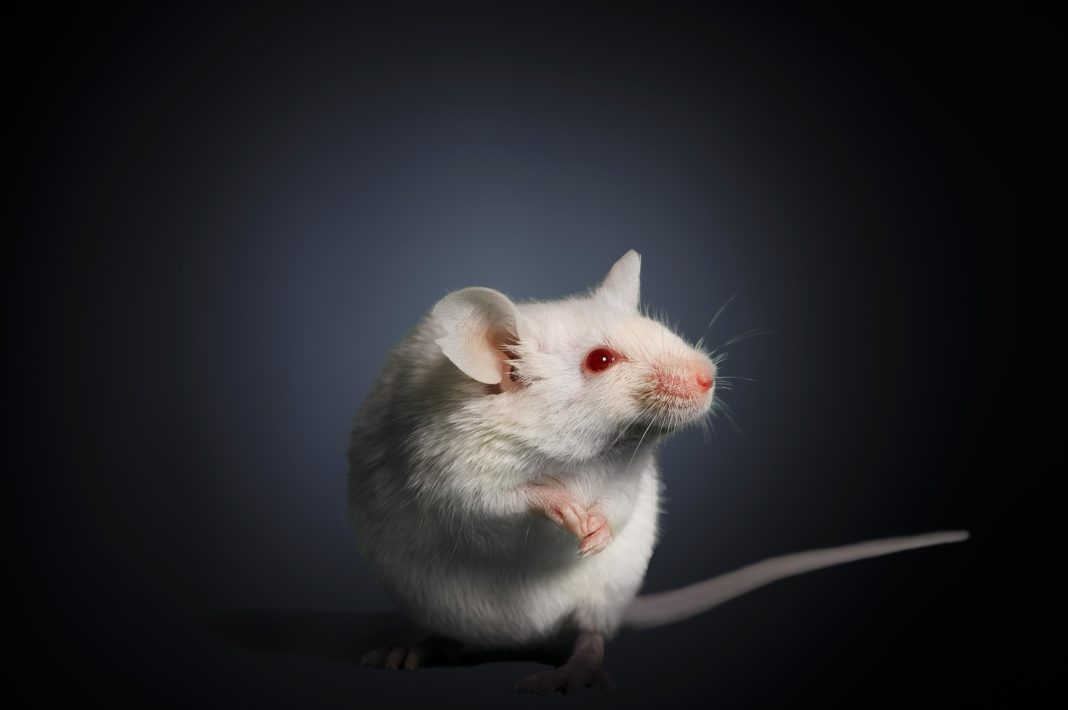Scientists from the Jackson Laboratory (JAX) have described how they combined stem cells from eight different mouse strains to create a model for studying neurological conditions that better mimics the genetic diversity found in human cells. They described their work in a paper published in Science Advances titled, “An in vitro neurogenetics platform for precision disease modeling in the mouse.”
According to the paper, the team “developed a protocol to differentiate [pluripotent stem cells] into neurons from genetically diverse mESC and hPSC” in order “to facilitate genetic analysis in vitro of neural development across a diverse range of mouse genetic backgrounds.” They then used the protocol to coax stem cells from all eight mouse strains to differentiate into neurons with high efficiency.
These differentiated cells were then used to investigate the effects of background genetics on the DYRK1A gene, which is associated with autism, microcephaly, and intellectual disabilities in humans. The results showed that chemically inhibiting DYRK1A in the stem cells from all eight mouse strains had different effects on neuronal growth and repair. Findings like this could help elucidate which factors confer resistance or increase vulnerability to autism spectrum disorder.
With just a single strain, “we wouldn’t have seen this incredible degree of variation,” said Martin Pera, PhD, a JAX professor and senior author on the paper. “But by studying eight, we showed that stem cell models in a dish can accurately predict an individual’s sensitivity or resilience to disease-causing mutations, in this case, an autism syndrome disorder. Careful comparison of sensitive and resilient mouse strains at the cellular level also enabled us to identify potential targets for therapeutic intervention.”
As explained in the paper, the team successfully generated the same neuron types as those from multiple human stem cell lines using the methodology. On their own, stem cells from just one of the mouse strains, dubbed 129S1/SvlmJ (129), could have been coaxed to differentiate into neurons using existing differentiation protocols.
Among other findings, the research revealed that one of the mouse strains, C57BL/6J (B6), most closely modeled the human stem cell response to low DYRK1A levels or inhibition during neural cell specification and expansion. The strains least affected were WSB/EiJ (WSB) and NZOHiLtJ (NZO). The B6 and WSB strains also showed different responses to axonal injury. And when the researchers compared the strains, they were able to identify the molecular mechanisms underlying the different responses, which have previously been implicated in neurodevelopmental disorders.
“This work illustrates the power of incorporating genetic diversity into disease models,” said Pera. “The use of stem cells in vitro allows us to directly compare mouse and humans, and to bridge results in a petri dish to those in a whole organism. The approach will have wide application in disease genetics and will enhance and accelerate precision disease modeling in the mouse.”



